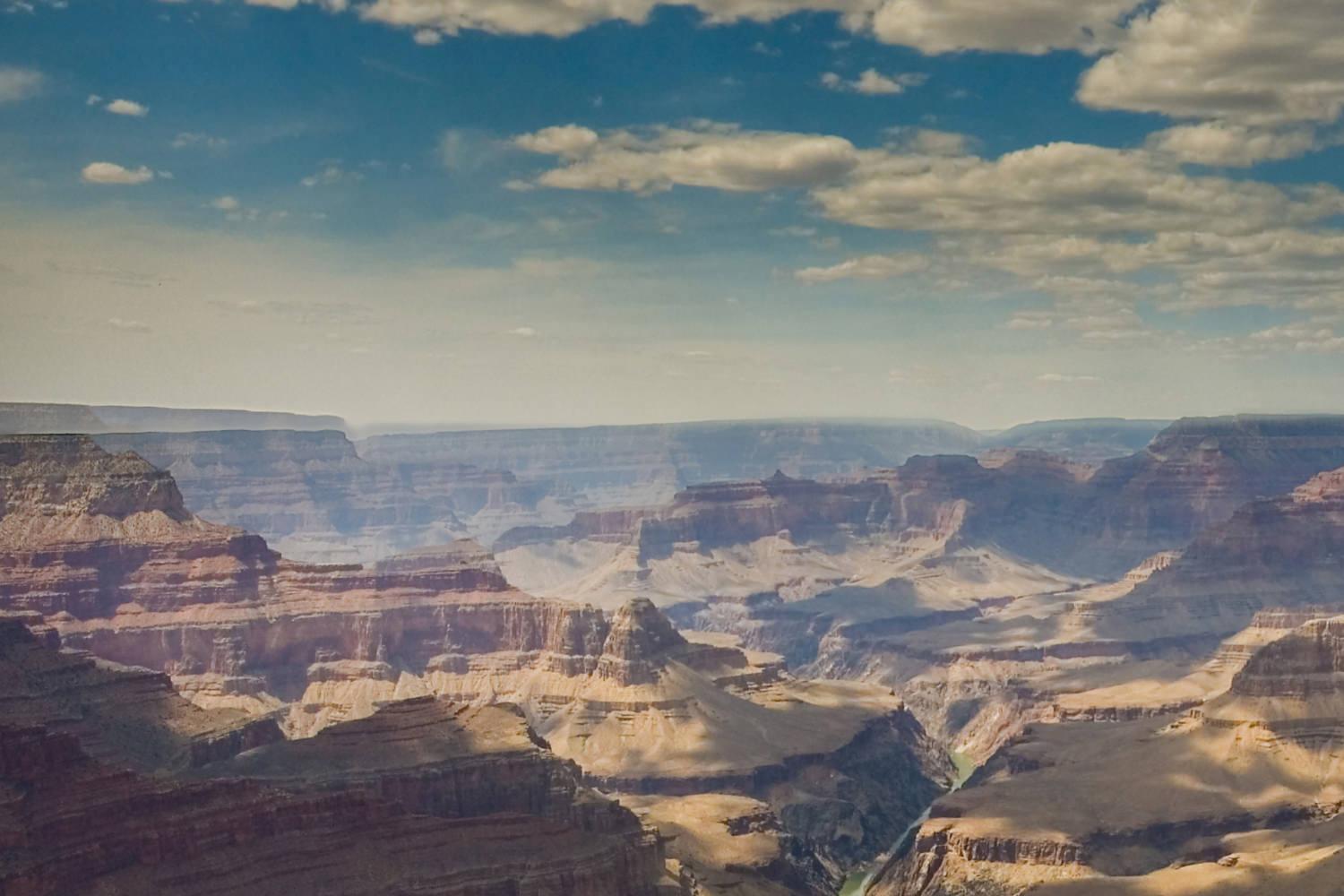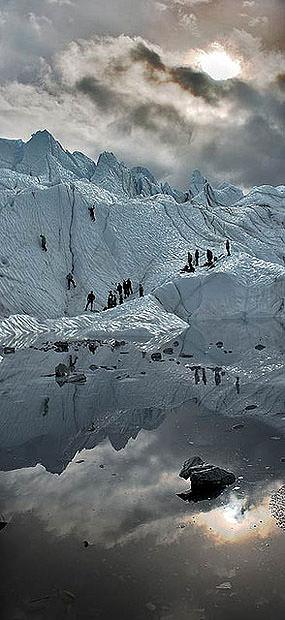When we think of panorama photography, we instinctively think of the traditional horizontal panorama of a landscape or city skyline. However, vertical panoramic photos provide an interesting and unusual twist on an increasingly common theme.
There are many situations which suit vertical panoramas perfectly, such as tall trees, buildings or cathedral interiors. Keep this format in mind next time you're having trouble squeezing your subject into the frame, or when you want to experiment with something a little bit different.
The main obstacle when shooting vertical panoramas is a technical one - how to frame your photos to capture the entire scene, and how to stitch the images together. However, it is not nearly as difficult as it might seem, and the results are worth the effort.
Vertical panoramas offer an unusual, intriguing perspective. Image by Eric Teela.
Location, Location, Location
As with all photography, the most important thing in your vertical panorama should be the scene itself, not the format in which it is photographed.
Your scene and composition should be good enough to stand alone regardless of orientation. Image by Wayne Camlin.
Having said that, vertical panoramas can enhance a suitably interesting subject, or breathe life into a familiar scene.
Creating a Vertical Panorama
The easiest way to create a vertical panorama is to crop a normal photo. Not only is this quick, but it also produces less distortion than stitching a panorama together from several shots. It also means that you have the freedom to make a vertical panorama from any photograph you may have taken in the past.
The only downside to cropping is that the final image will be relatively low resolution, making it unsuitable for large-scale printing.
Stitching is harder than cropping but allows you to capture a much more extreme angle at higher resolution. Image by Michael King.
The second method is to stitch several shots together in exactly the same way as you would with a horizontal panorama. Photograph your shots using exactly the same method as described in the Panorama Photography article, except that you pan vertically, rather than horizontally.
Once you have your shots, simply stitch them together using a program like AutoStitch or Photoshop. Note that some stitching software doesn't like vertical panoramas, and produces all kinds of weird effects. If this happens to you, simply rotate your source images before stitching.

